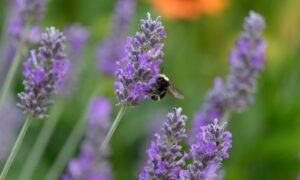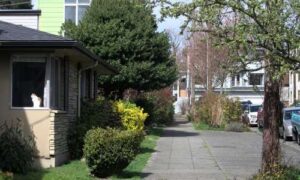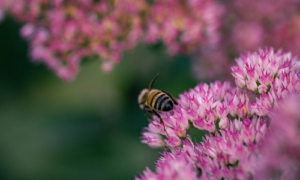The witch hazel bush (Hamamelis virginiana) is a small tree with fragrant yellow blooms that is a member of the Hamanelidacease family and closely related to the sweet gum. Although witch hazel has many common names, the generic name means “together with fruit,” which refers to the fact that this special tree is the only tree in North America to have flowers, ripe fruit, and next year’s leaf buds on its branches at the same time. Description from Gardening Know How
Home > Plant Guide >
Scientific Name
Family
Garden Type
Wildlife
Native Plant Region
Light needs
Water Needs
Plant Type
Bloom Color(s)
Height
Width
Months in Bloom
Safe Beneath Power Lines?

We’d like to maintain accurate and robust plant listings. If you see information that is not correct or that could be added to improve the listing, please let us know. Or if you’d like to suggest a plant to add to our plant guide, you can use this form do so. Thank you!

Start a garden in a planting strip along the street. Explore our interactive corridor map, find what to grow, and start nurturing today.

New types of vegetation can attract additional wildlife to an area. You might be surprised how a little green can go a long way!

Check out our list of local wildlife-supporting plant stores and nurseries, organizations, and community science opportunities.

Do you wonder how a cat can be happy indoors? This presentation will give you a better understanding of cat behavior and the confidence that an indoor cat can be a happy cat.

Gardeners can check out seeds for free from the library to plant. Then after harvest, gardeners bring seeds back to the library for others to enjoy in future growing seasons.

This workshop will guide you through the process and materials needed to help you decide if Mason Bees are right for you and your garden, whether you have a small deck or an open garden.
Nature of Your Neighborhood is a collaboration between Birds Connect Seattle, the Capitol Hill EcoDistrict, and the Seattle Bird Conservation Partnership. Our goal is to foster relationships between the people and the nature of their neighborhoods.